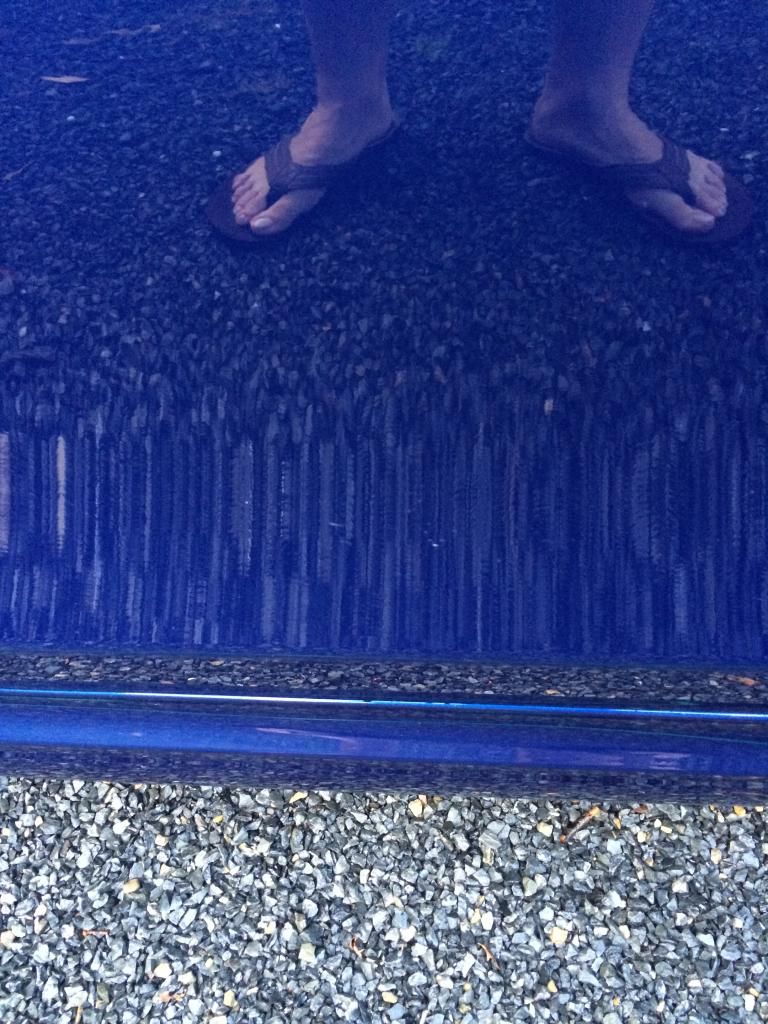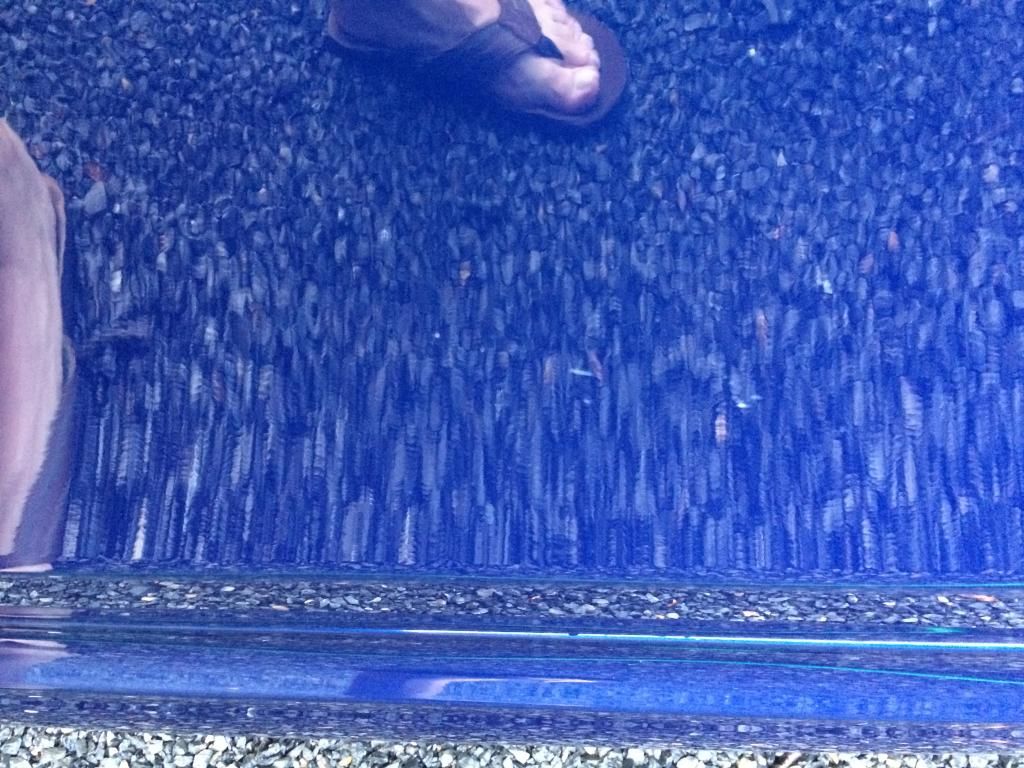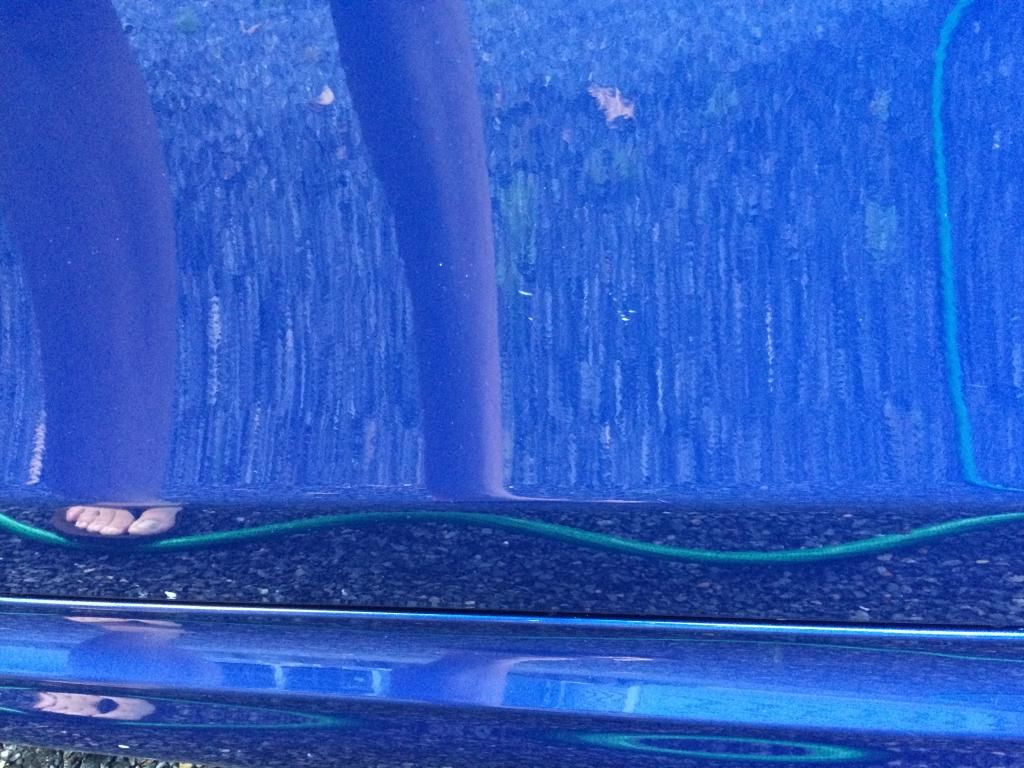I would first try some Meguiars Ultimate Compound and see if you can minimize it, eventually you'll stop noticing it. It's a car you're driving, not a museum showpiece. Step back and think about it, it's gonna face far worse. Over the years I've seen so many over zealous amateur attempts at repairs for all sorts of damage that over the long term made paints look worse and did more damage than leaving well enough alone.
As long as the chip hasn't gone to bare metal I usually just live with it knowing more than likely I'll get more down the road. I'll obviously try to minimize it by compounding it so there's no sharp edges to catch light and to catch wax, this tends to minimize the look of the damage.
People claiming it's so easy to just touch these chips up obviously have never actually done them in real life. Or did and got poor results and just stuck with the just live with it attitude, well it would have been easier and definitely would have looked better to just live with the chip in the first place than live with the zit.
I've seen people attempt to cover up a few dozen of them on their hoods only to end up with a hood that looks like it's breaking out in zits. Which were far more obvious than the chips.
Shallow chips are difficult to repair correctly because the repair process involves wet sanding to blend the touched up clear, which if you don't know what you're doing will do more damage to the paint than the original chip.
Touch up paints, unless two part paints are also much softer than the original paint and on very shallow chips don't tend to adhere all that well so either the wet sanding simply removes the touch up or you end up leaving extra material forming those so called zits on the paint.
So before attempting to fill in the chip if you're dead set, buy a scrap panel from a junkyard and put a few chips in it and practice your chip touch up. Believe me it's harder than just touching it with some paint et voila!






